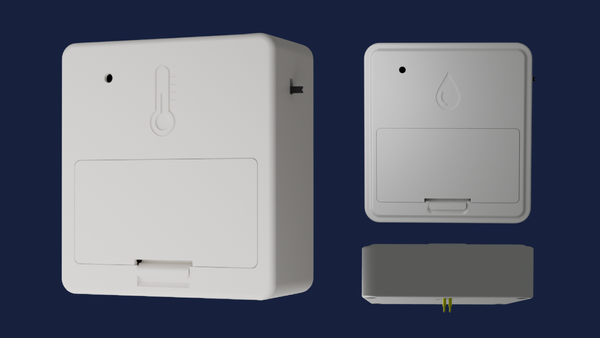How to Prevent Frozen Pipes in Your Cabin This Winter

Canadian winters are beautiful—right up until a hairline crack in a copper elbow turns your crawl space into an ice cave. Here’s how to stop that from happening.
Why Cabin Pipes Freeze Faster Than City Pipes
Seasonal properties often sit empty for weeks, with inside temperatures dropping below freezing—exactly the scenario plumbers warn about. Rural power flickers and patchy heating only amplify the risk. According to the Insurance Bureau of Canada, a single burst pipe can cause $10,000 to $40,000 in water damage, not including lost weekends spent tearing out drywall.
Step 1: Drain—or Defend—Your Plumbing
There are a few options when it comes to winterizing your plumbing, depending on if you still come up to relax at your cabin in the winter months.
- Full drain‑down (best for vacant cabins).
- Shut the main valve.
- Open the lowest indoor faucet or drain cock, then the highest faucet to break vacuum. Water rushes out by gravity.
- Blow compressed air through lines if you can; it pushes out stubborn pools in horizontal runs.
- Partial drain + antifreeze.
- RV‑grade propylene glycol in every sink, shower, and toilet trap keeps residual water from freezing. One cup per drain usually does it.
- Keep water flowing.
- If you heat the cabin year‑round, set the thermostat no lower than 10 °C.
- Still, drain outdoor spigots and any section that runs through uninsulated walls.
Step 2: Insulate Like You Mean It
- Pipe sleeves or foam wrap cost pennies per foot and add 2–4 °C of protection.
- In crawl spaces, pair insulation with a sealed skirt to block wind.
- For metal‑roof cabins, staple reflective foil or rigid foam under joists; pipes stay in a warmer air pocket.
Step 3: Add Active Heating Where Needed
Glycol in hydronic loops: If you rely on a boiler, swap 30–40 % of the water for propylene glycol. That mix remains liquid down to about −20 °C, buying you a crucial window if the burner quits.
Step 4: Seal the Air Leaks First
Cold drafts can drop pipe surface temps by 5–7 °C even in a warmed room.
- Foam gaps where the service line enters.
- Weather‑strip crawl‑space hatches.
- Close foundation vents once humidity locks in (but reopen them in spring to dry the space).
Step 5: Monitor and Respond
A device like CabinPulse sends a warning text if the indoor temperature fall below your set point. That alert lets you ring the neighbour or drive up before ice forms.
When to Call a Pro
- You have a well pressure tank and aren’t sure how to drain it.
- Your hydronic boiler needs a glycol top‑up—improper ratios can corrode fittings.
- The cabin’s water lines run through unknown chases; infrared scanning can find hidden sections you might miss.
Final Thoughts
Preventing frozen pipes isn’t glamorous, but neither is steam‑vacuuming soggy insulation in February. A few hours of prep - drain, insulate, add heat where it counts, and set up a simple alert - will spare you the messy aftermath of a burst line.




